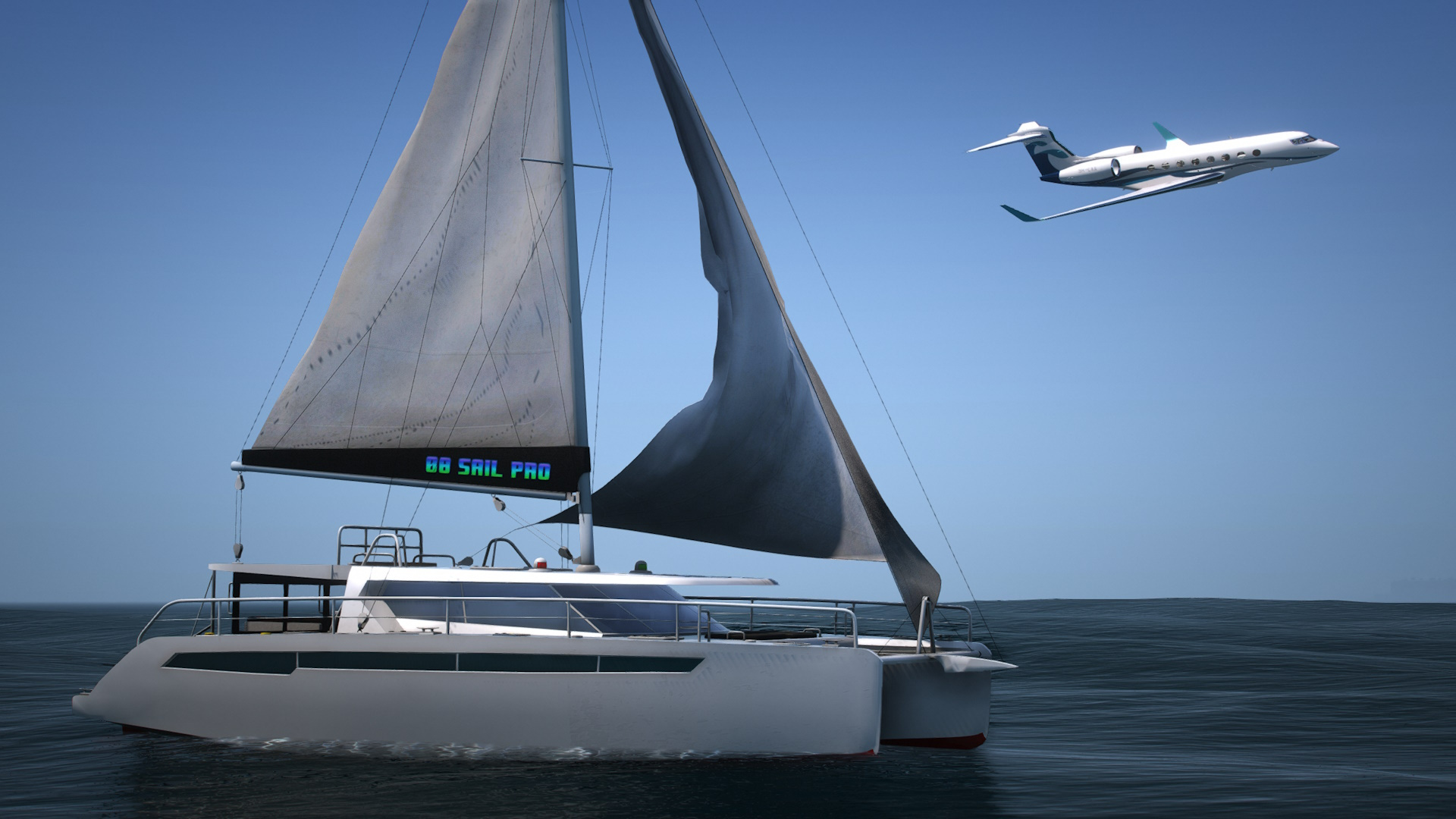

The latest major pressurised module, Nauka, was fitted in 2021, a little over ten years after the previous major addition, Leonardo in 2011. The station has since been continuously occupied for 22 years and 217 days, the longest continuous human presence in low Earth orbit, having surpassed the previous record of 9 years and 357 days held by the Mir space station.

The first ISS component was launched in 1998, and the first long-term residents arrived on 2 November 2000 after being launched from the Baikonur Cosmodrome on 31 October 2000. However, continued cooperation has been rendered uncertain by the 2022 Russian invasion of Ukraine and subsequent international sanctions on Russia, which may cause changes in funding on their side of the space station. Roscosmos had previously endorsed the continued operation of ROS through 2024, having proposed using elements of the segment to construct a new Russian space station called OPSEK. The length along the major axis of the pressurized sections is 218 ft (66 m), and the total habitable volume of these sections is 13,696 cu ft (387.8 m 3). The US segment includes seven habitable modules, whose support services are distributed 76.6% for NASA, 12.8% for JAXA, 8.3% for ESA and 2.3% for CSA. The Russian segment includes six habitable modules. The station is divided into two sections: the Russian Orbital Segment (ROS) is operated by Russia, while the United States Orbital Segment (USOS) is run by the United States as well as other countries. The ISS circles the Earth in roughly 93 minutes, completing 15.5 orbits per day. It maintains an orbit with an average altitude of 400 kilometres (250 mi) by means of reboost manoeuvres using the engines of the Zvezda Service Module or visiting spacecraft. It is the largest artificial object in the Solar System and the largest satellite in low Earth orbit, regularly visible to the naked eye from Earth's surface. The ISS is the ninth space station to be inhabited by crews, following the Soviet and later Russian Salyut, Almaz, and Mir stations and the American Skylab.

The ISS programme evolved from the Space Station Freedom, a 1984 American proposal to construct a permanently crewed Earth-orbiting station, and the contemporaneous Soviet/Russian Mir-2 proposal from 1976 with similar aims. The ISS is suited for testing the spacecraft systems and equipment required for possible future long-duration missions to the Moon and Mars. The station serves as a microgravity and space environment research laboratory in which scientific research is conducted in astrobiology, astronomy, meteorology, physics, and other fields. The ownership and use of the space station is established by intergovernmental treaties and agreements. The project involves five space agencies: the United States' NASA, Russia's Roscosmos, Japan's JAXA, Europe's ESA, and Canada's CSA. The International Space Station ( ISS) is the largest modular space station in low Earth orbit.


 0 kommentar(er)
0 kommentar(er)
